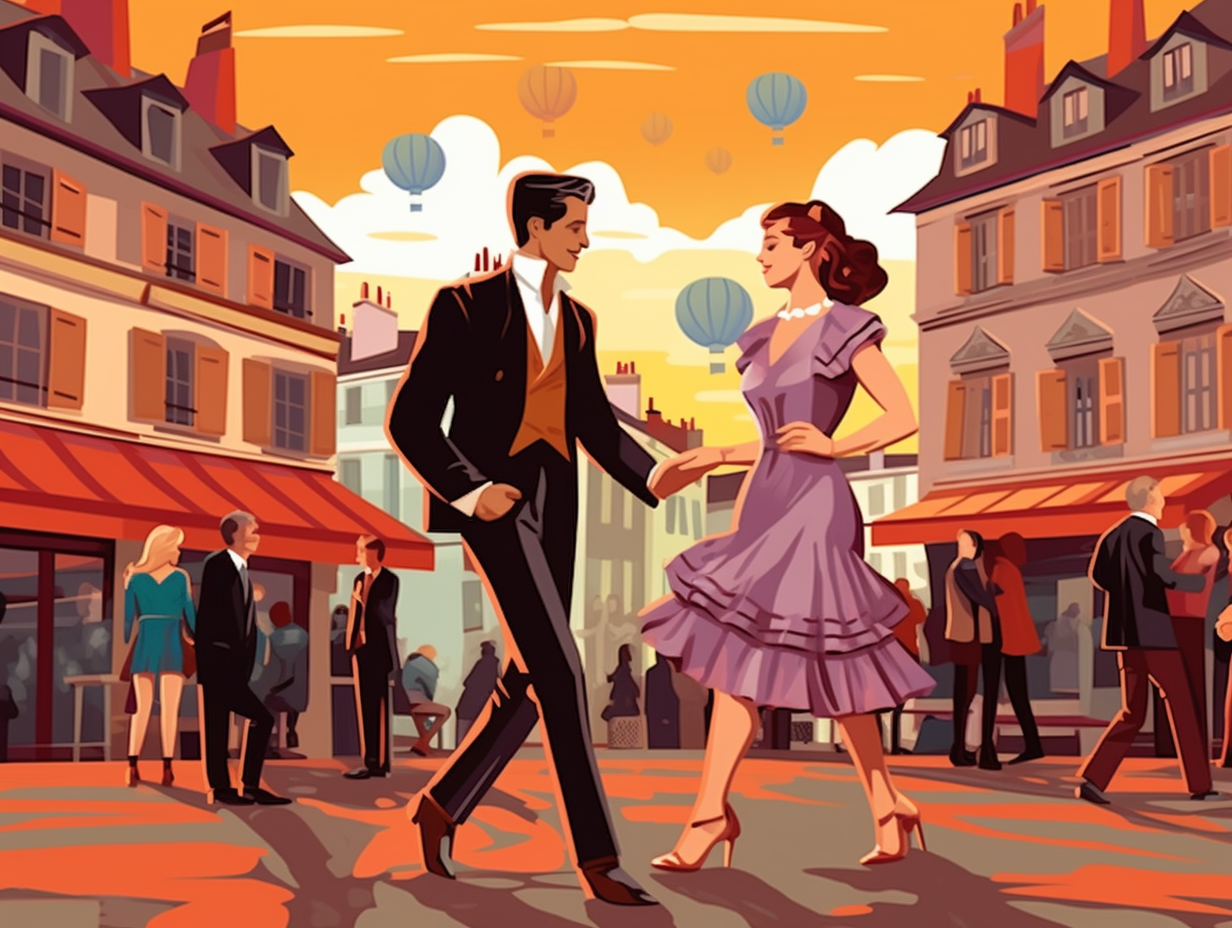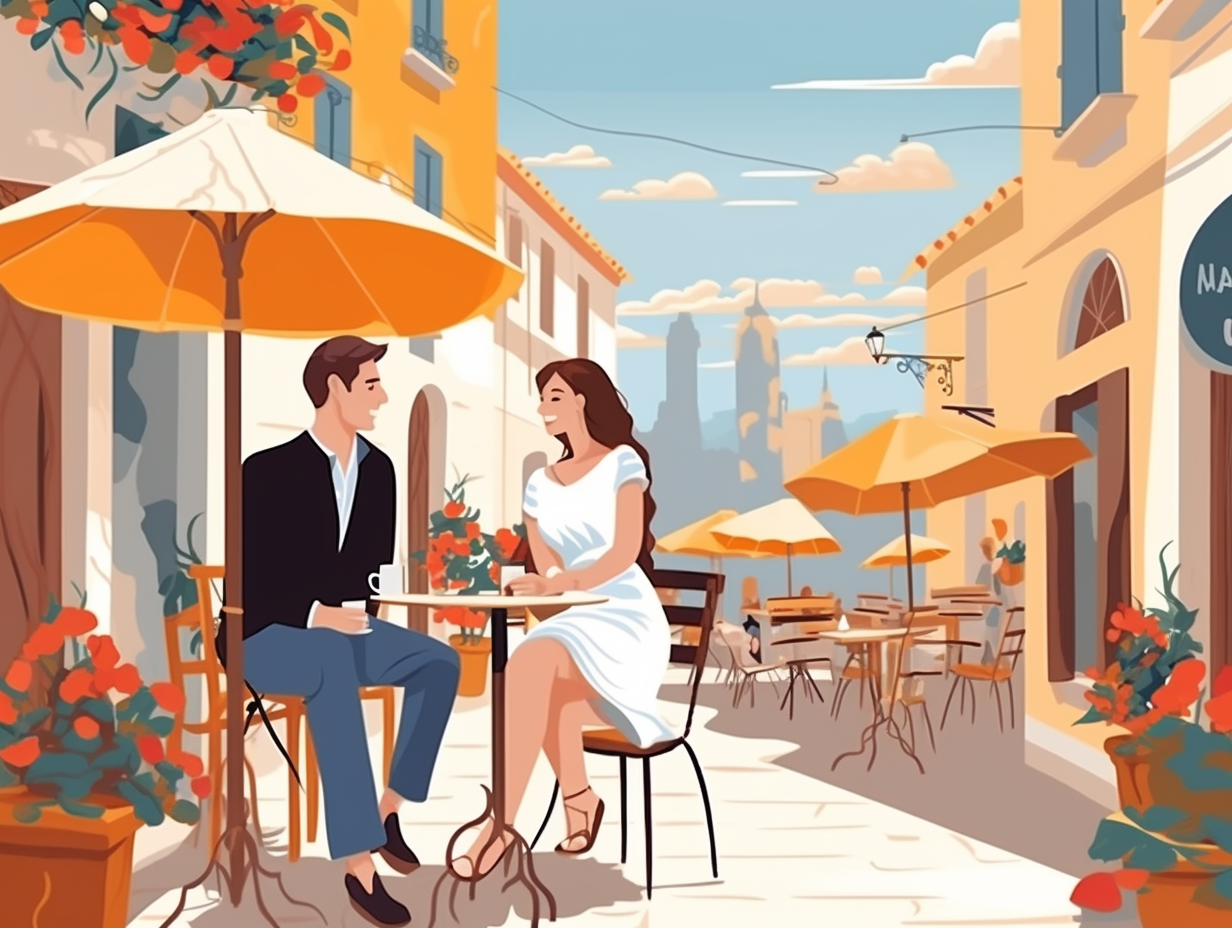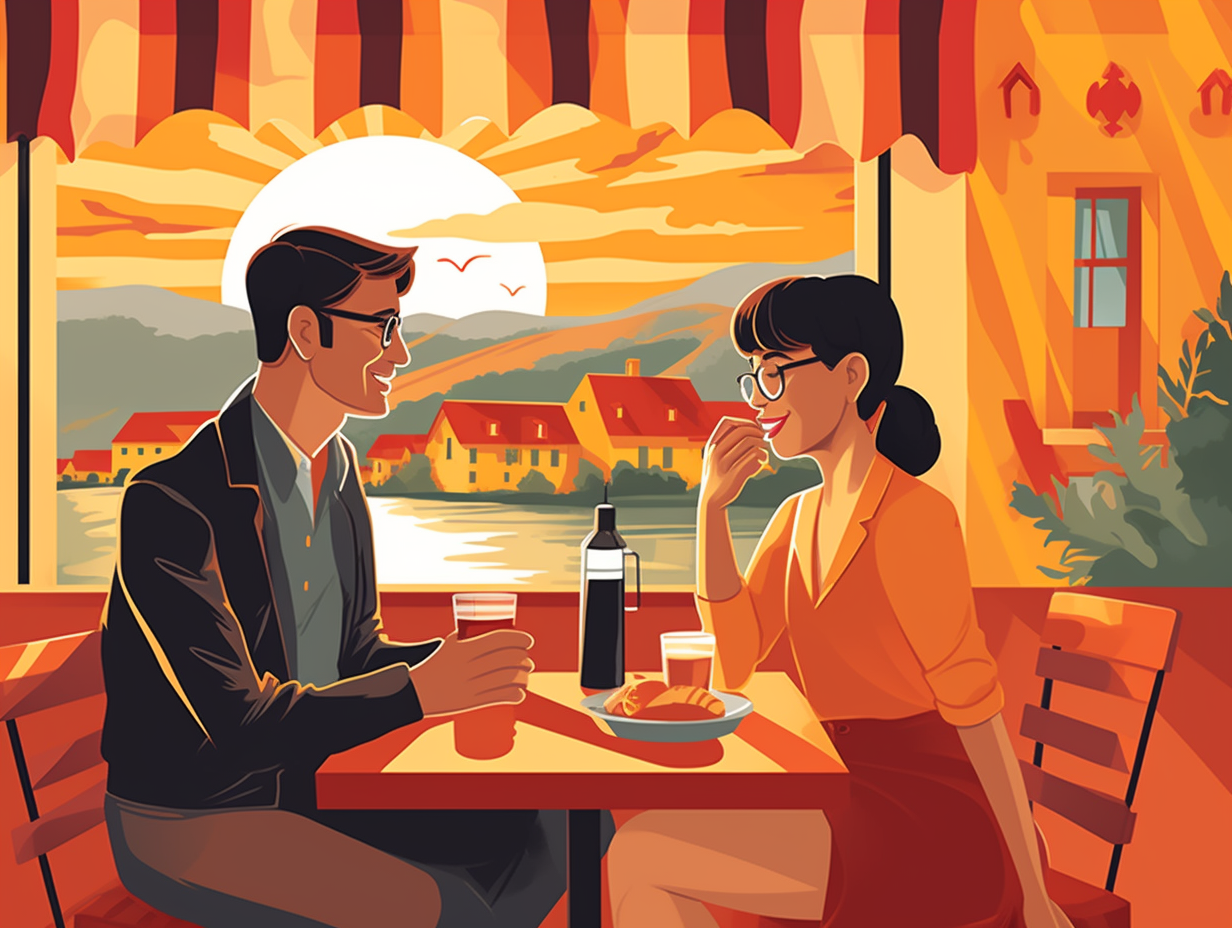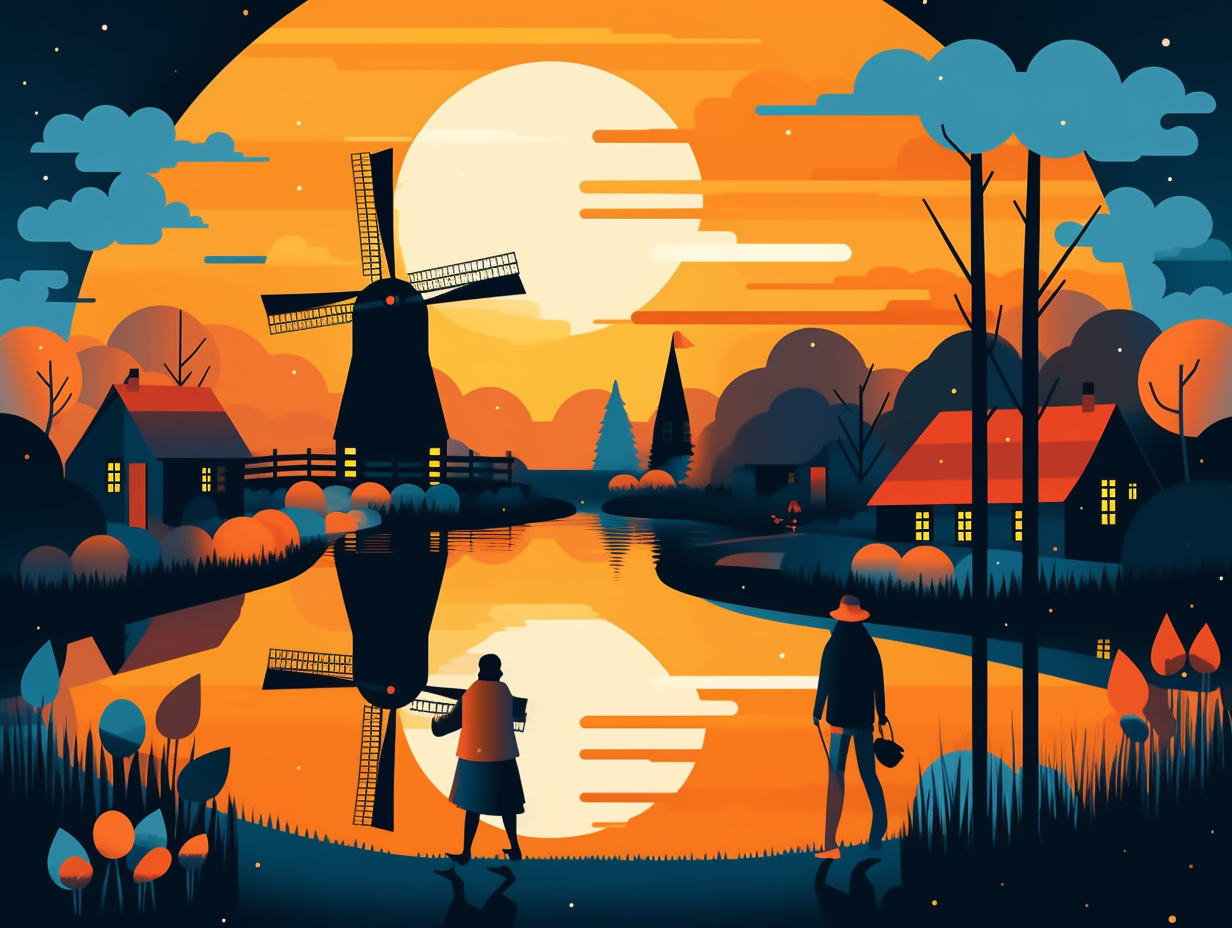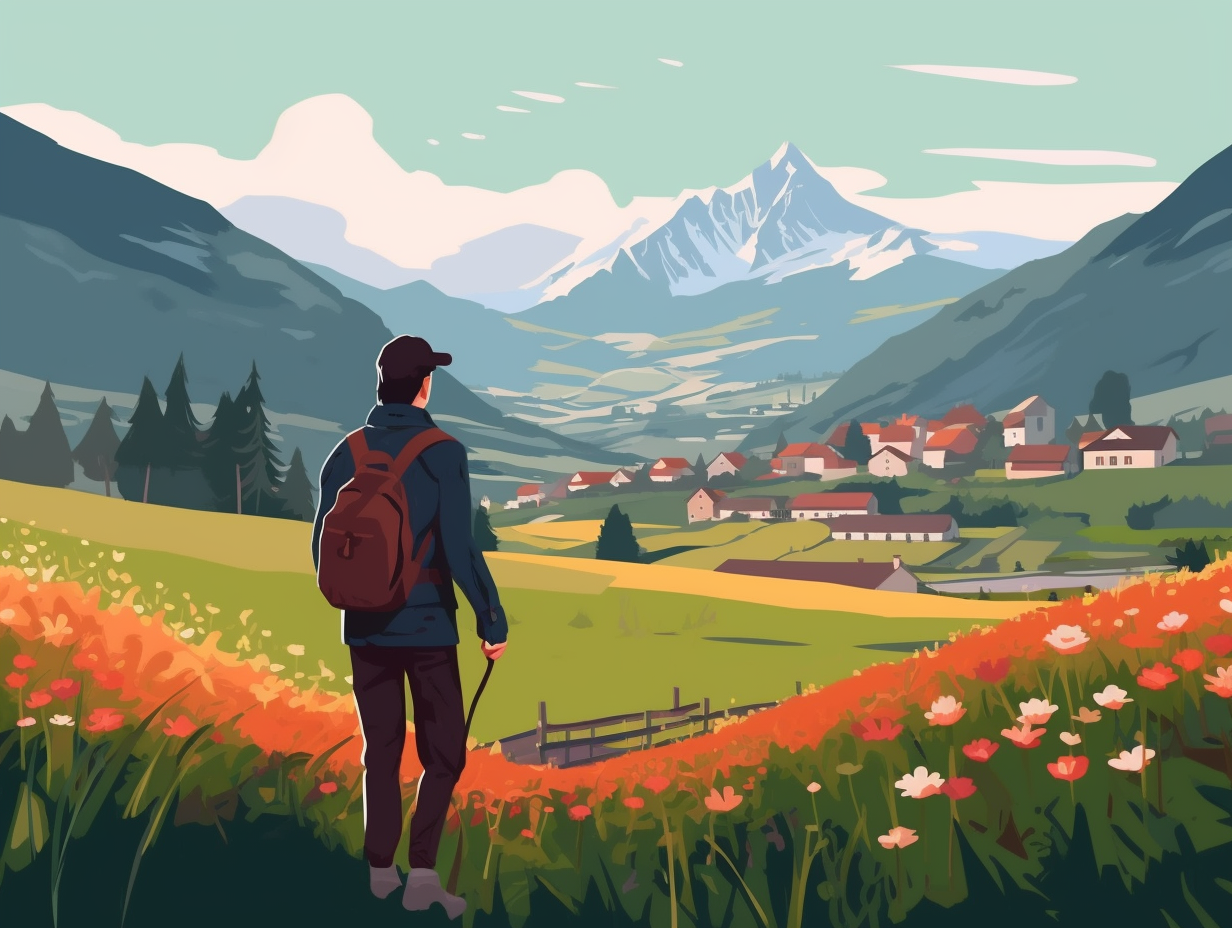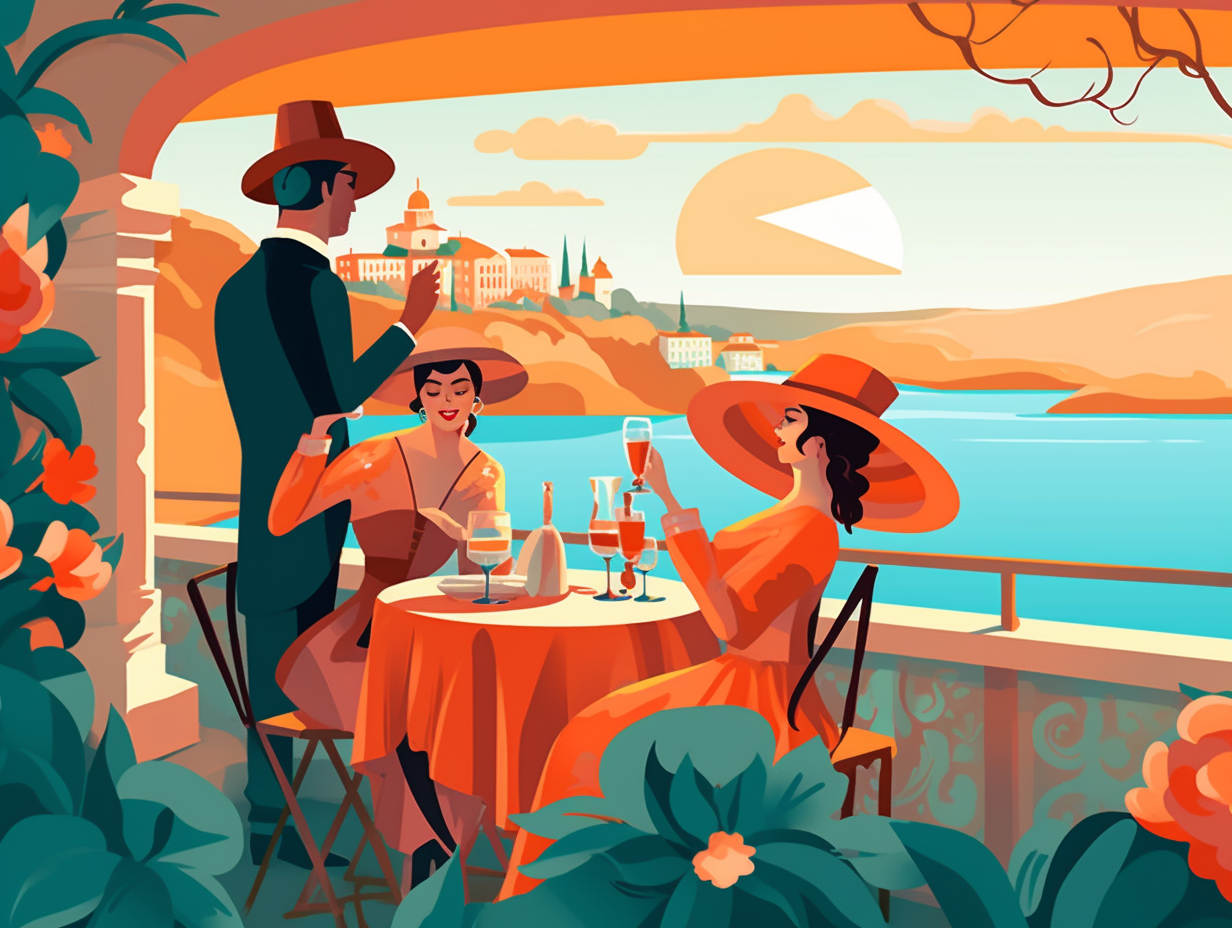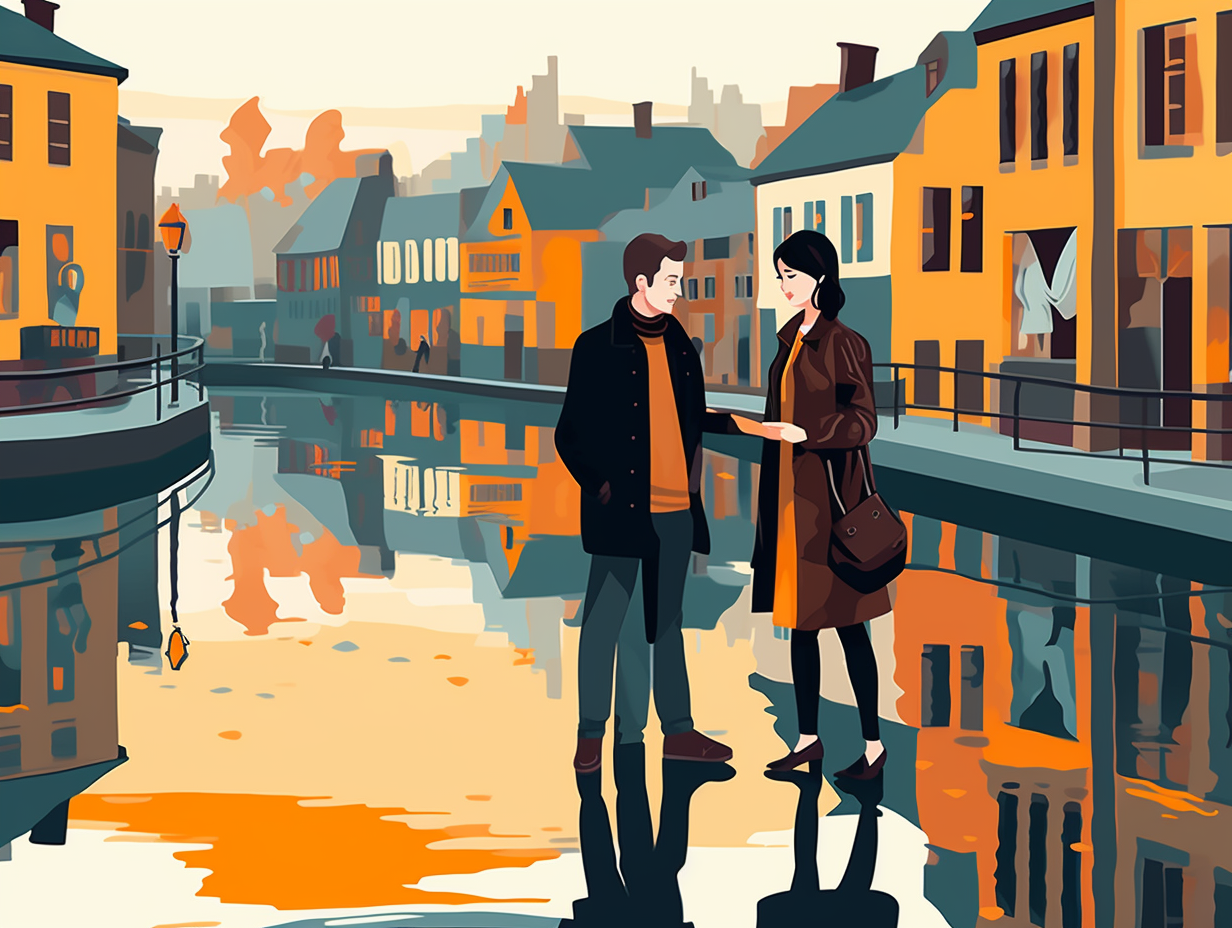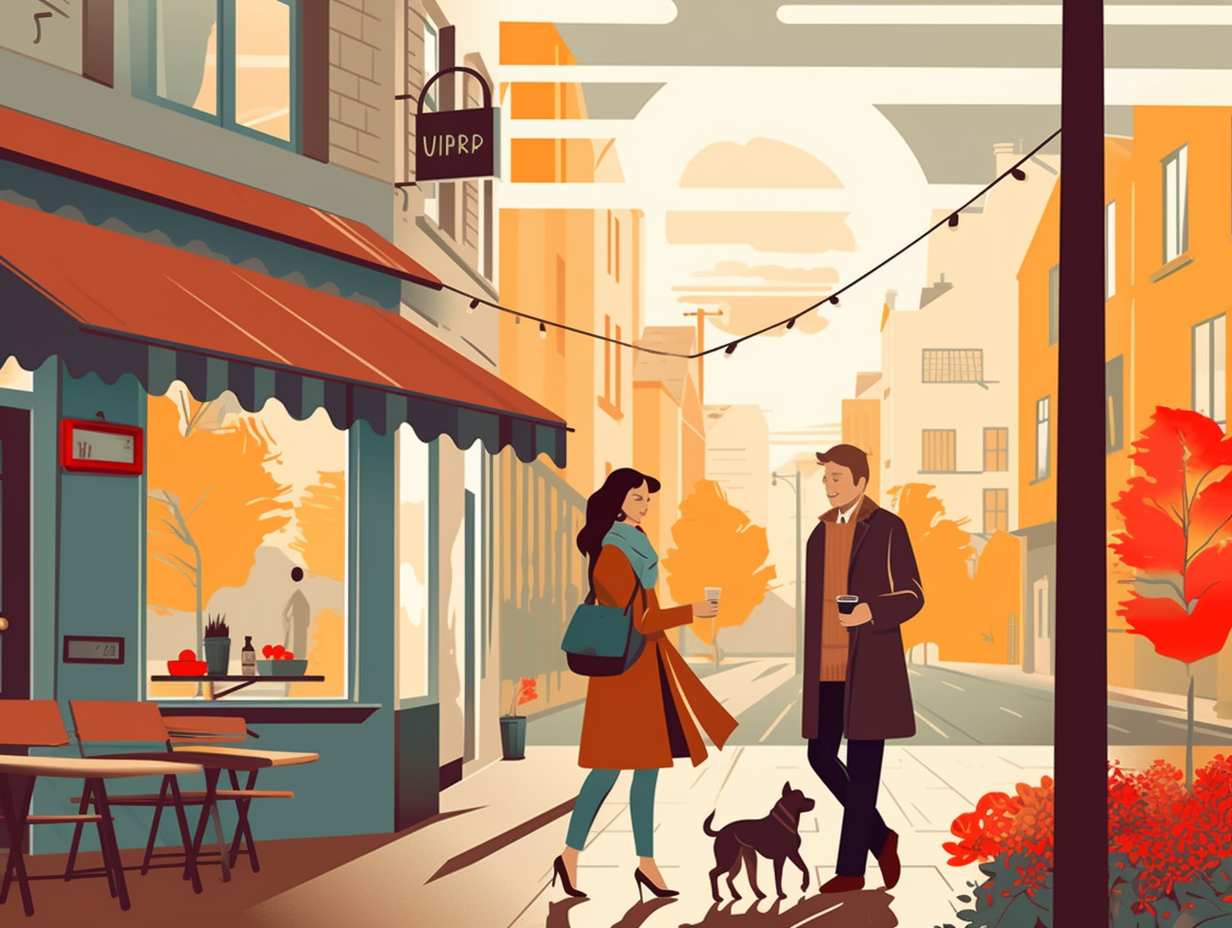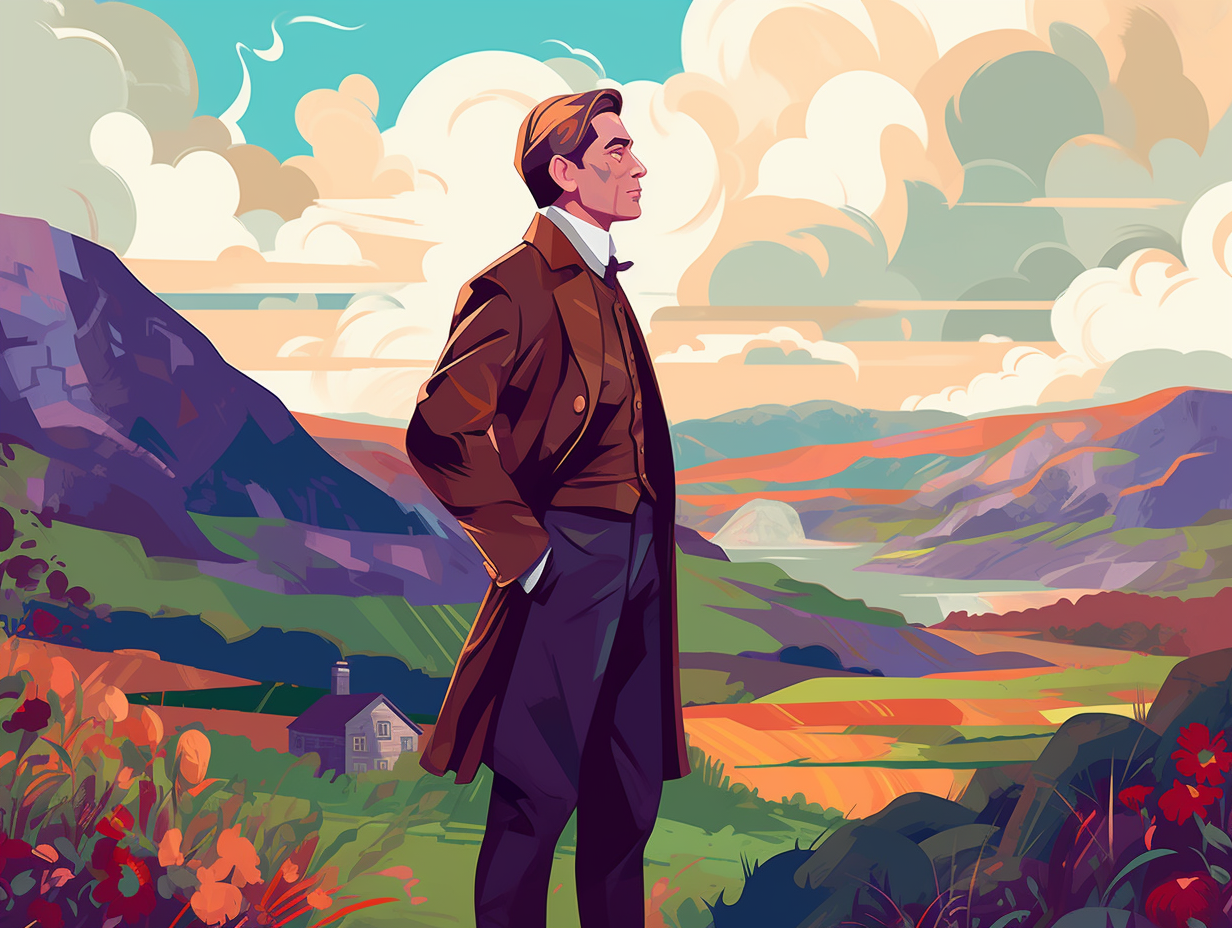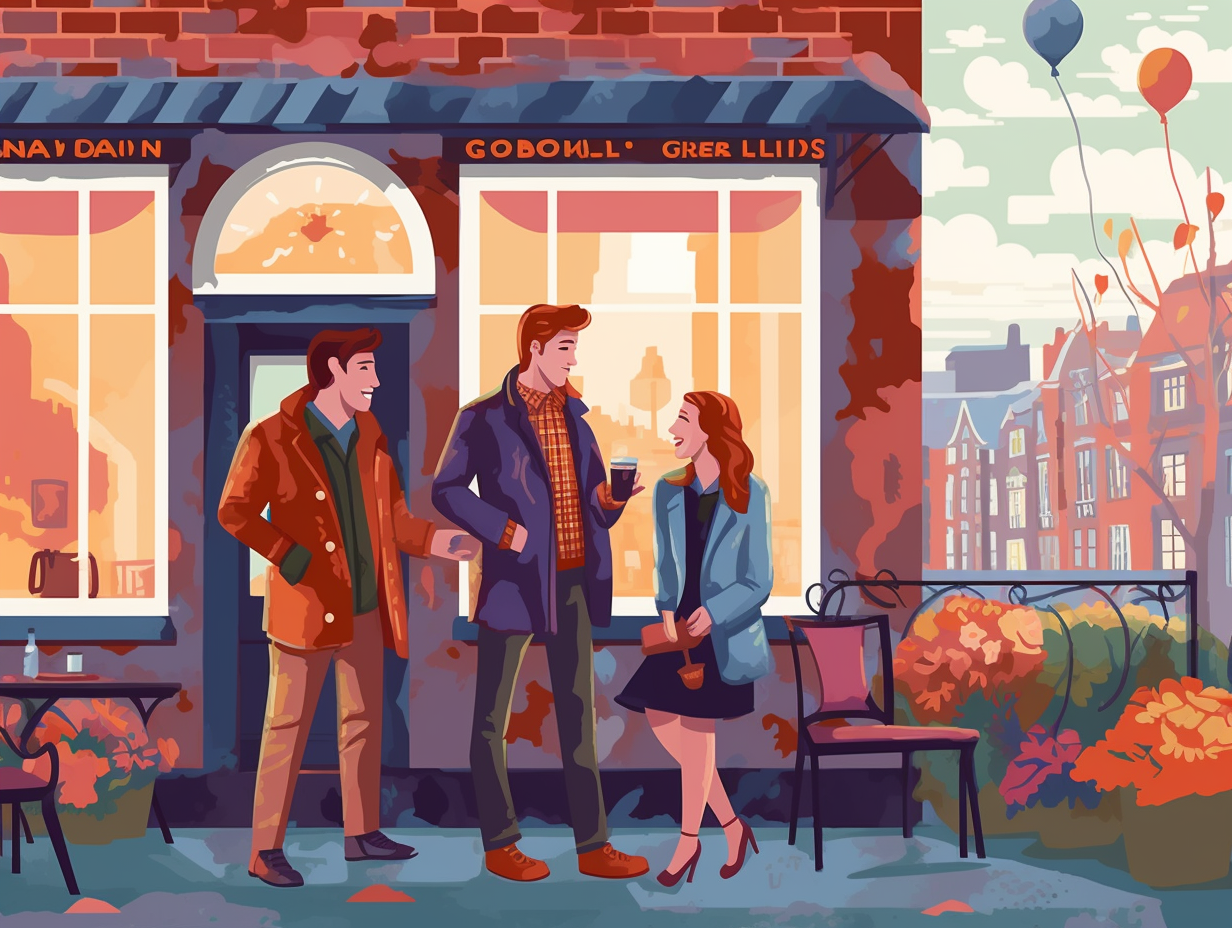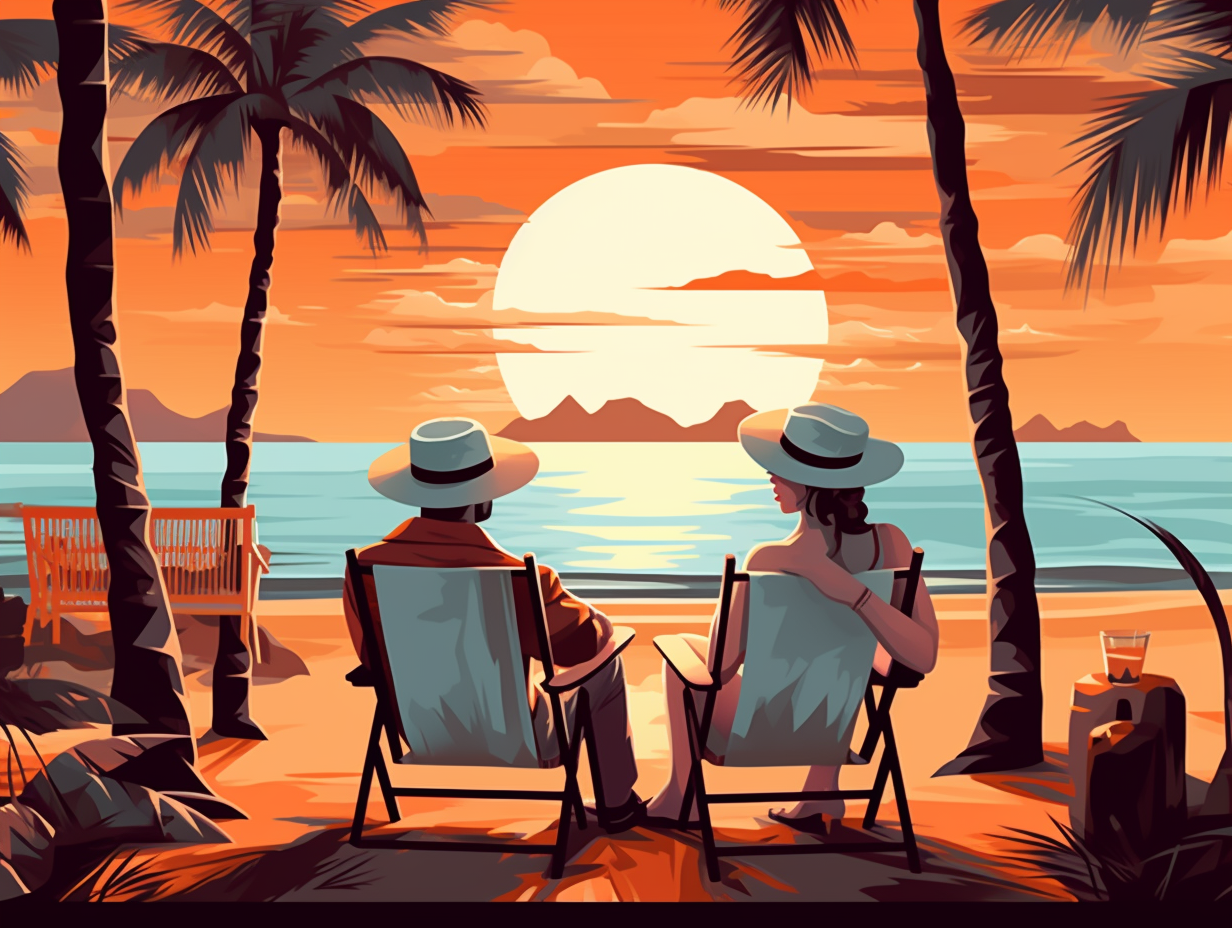Discover Europe's Secrets: 22 Amazing Fun Facts, from Paris to Prague and Beyond!
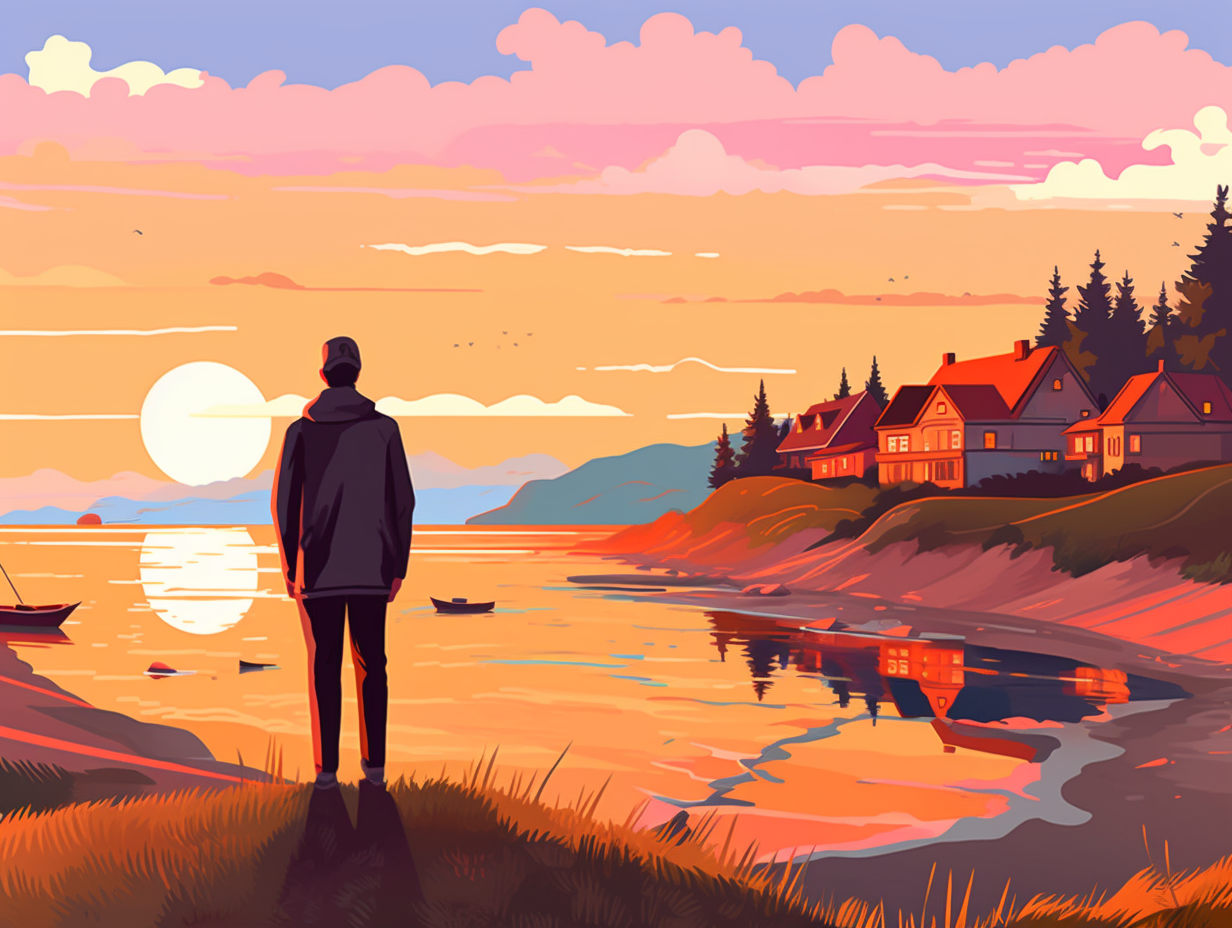
1. Europub Robin Karaoke
Did you hear about the Europub scene? The European Robins are throwing nightly karaoke sessions, clearly louder than their daytime gigs: This heightened nocturnal performance is due to the urban noise and artificial lighting, as these birds sing louder and more frequently at night to increase their chances of being heard by potential mates and rivals.
Source => birdnote.org
2. Croissant Love Affair
Who said French and Austrians couldn't share the dough? The croissant proves that love is indeed a flaky affair: While it traces its roots back to Austria, the French transformed the simple kipferl with their ingenious puffed pastry technique and gave us the delightful crescent-shaped, layered treat enjoyed across the globe today – sans Marie Antoinette's blessing.
Source => sacreblue.org
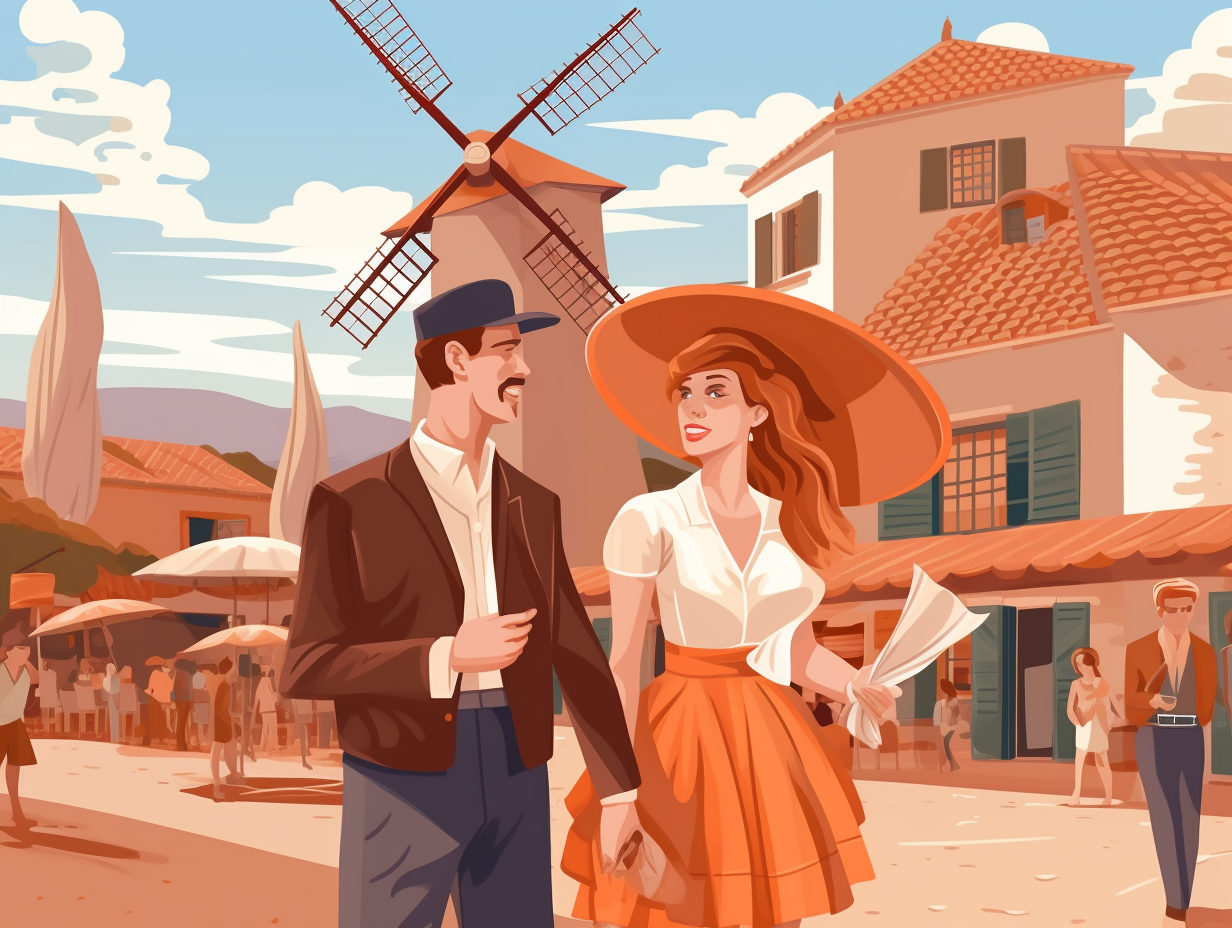
Did you know that a simple yet delicious Spanish dish, pan con tomate, is made by massaging bread with garlic, ripe tomatoes, Spanish olive oil, and a pinch of salt? Discover the mouthwatering magic behind this Catalan treat!
=> Fun Facts about Spain
3. Cotton-Pressed Euros
Forget laundering money: the European Union indulges in a love affair with crisp, freshly pressed cotton! What's the thread count, you ask? A wallet-rousing rate of 100: Euro banknotes are actually made of 100% pure cotton, giving them their durability and satisfying crispness, as revealed in Adam Higginbotham's The Inkjet Counterfeiter. Meanwhile in the UK, they prefer a blend of cotton fibre and linen rag, whilst US notes are crafted from a 75% cotton and 25% linen mix.
Source => fundraising.co.uk
4. British Rain in Roman Baths
Next time you're caught in a delightful British drizzle, remember that the skies are just helping recharge some ancient Roman hot tubs: The Roman Baths in Bath, England are fed by rainfall from the Mendip Hills, and every day, 1,170,000 litres of thermal water flow upwards. Built between 60 and 70 AD, these springs contain delightful concentrations of sodium, calcium, chloride, and sulphate ions. Commissioned by Emperor Claudius himself, it became a gathering spot for the Celts worshipping the goddess Sulis. However, once those Romans left the building, so did the bath maintenance – leading to centuries of flooding and silting. Nowadays, visitors can explore the submerged remnants, as well as an insightful museum on-site.
Source => en.wikipedia.org
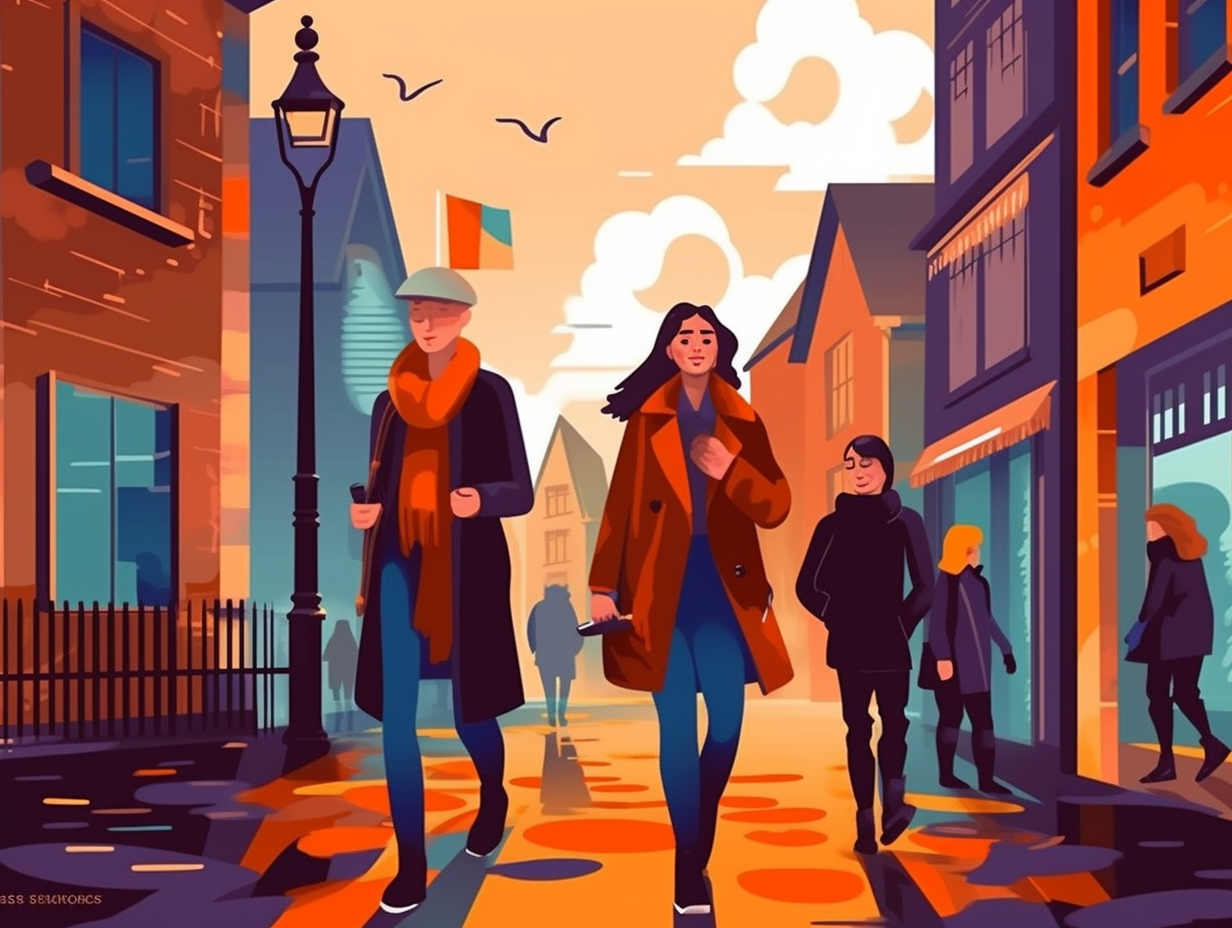
5. Missing "Yes" and "No" in Irish
Oops, the Irish Language Skipped a Word!: Ireland's beloved Gaelic tongue is missing something rather fundamental: there's no direct translation for "yes" or "no"! Instead, they cleverly rely on the structure of the question itself, answering with either "Is [noun] mé" (I am [noun]) or "Is ea" (shah) when prompted with a question starting with "An" and a noun, or using the positive form of the verb from the question, like "Tá mé" (I am), when faced with an "An" and a verb combo.
Source => bitesize.irish
6. Cheese as Dutch ID
"Say cheese!" isn't just for photos in the Netherlands; it can also be an impromptu request from local authorities: In specific situations, such as traffic management or investigating criminal offences, Dutch police officers and ticket inspectors can ask for proof of identity on the street, with fines of €100 for adults and €50 for youths aged 14-15 if not compliant. Fear not, though, as a Dutch or European driving license usually suffices, except for when starting a new job.
Source => government.nl
7. Bite-sized Mini-Europe
Ever tried squeezing Big Ben into your pocket or taking the Eiffel Tower out for lunch? Well, there's a place where Europe has gone bite-sized: Mini-Europe, nestled cozily at the base of Belgium's Atomium, showcases over 350 charming mini-models ranging from world-renowned landmarks to lesser-known local treasures, letting you walk from Paris to Rome within minutes, without breaking a sweat or needing a passport!
Source => minieurope.com
8. Snail-Sourcing Escargots
You've heard of outsourcing, but how about 'snail-sourcing'? Turns out, the French are quite the escargot connoisseurs but have a secret up their sleeves: Despite their reputation for enjoying the finest things in life, most of their beloved escargots de Bourgogne are actually imported from countries like Hungary and Ukraine. The sneaky snail snatch: 10 large-scale companies import Burgundy snails into France, raking in a whopping 75 million euros annually, while local snail farmers work tirelessly to encourage their fellow citizens to indulge in their homegrown gastropod alternatives.
Source => npr.org
9. Bridge of TNT Love
Talk about a "bridge over troubled water": the Bad Säckingen covered bridge between Germany and Switzerland was once packed with enough TNT to make Wile E. Coyote jealous! Factual statement: Fear not, however, as the Swiss army kindly disarmed this picturesque tourist spot of its Cold War demolition charges in 2014, so you can now stroll with a boom-free peace of mind.
Source => nbcnews.com
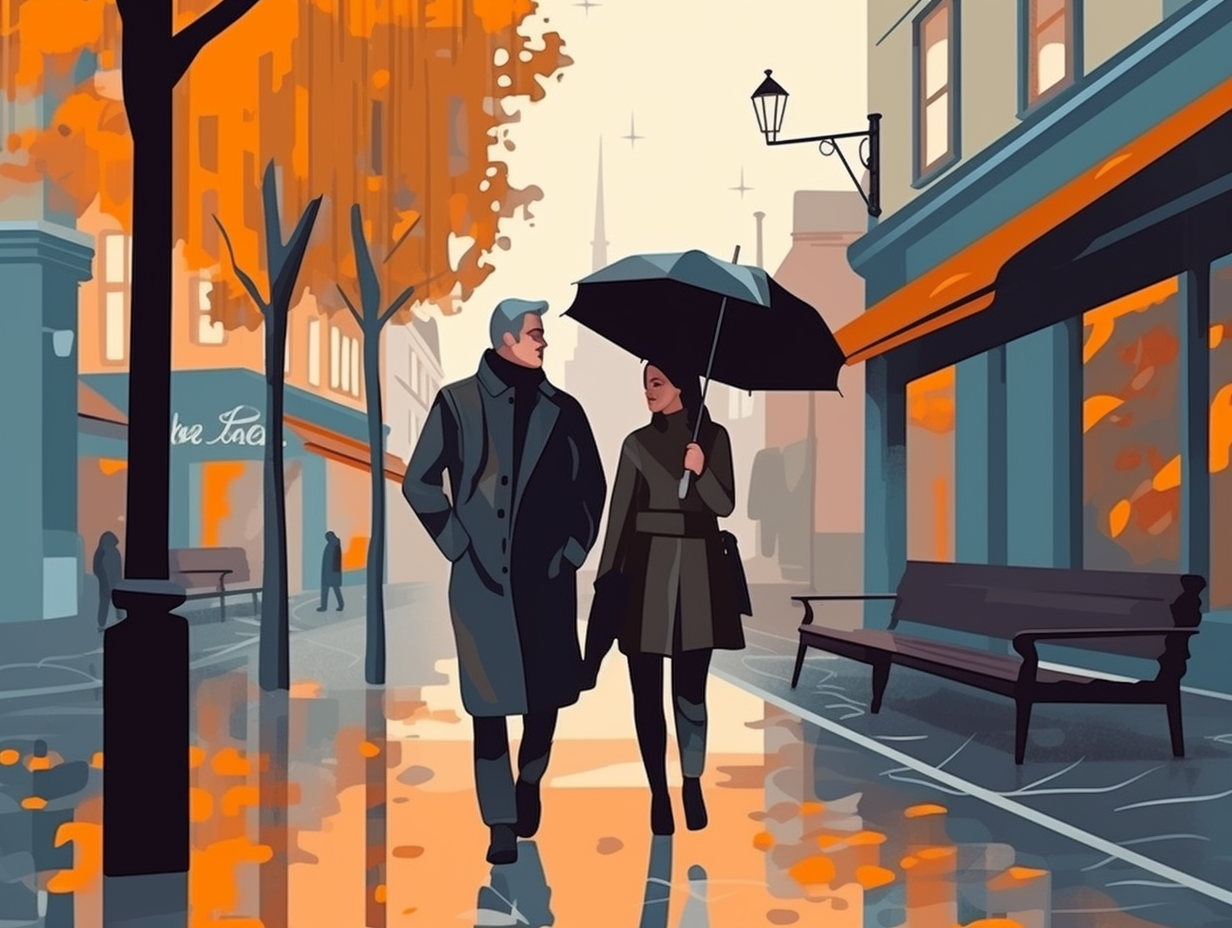
10. Swiss Speeding Fines
For those with a need for speed, think twice before hitting the gas pedal on Swiss roads – you might end up braking the bank: Fines in Switzerland are based on the driver's income and speeding velocity, with one heavy-footed Mercedes owner getting slapped with an over $800,000 fine for rocketing along at 186 MPH – four times the value of his luxury ride!
Source => cnrlawyers.com
11. Venice's Slow Sink
Venice might be the only place you can literally "sleep with the fishes," but don't call it a sinking ship just yet: Contrary to popular belief, Venice is only descending into the deep blue at a speed of 1 to 2 mm per year, with urgent measures in place to curb its watery fate and preserve its rich heritage for posterity.
Source => venezialines.com
12. The Leaning Tower's Creation
Who would've thought that Europe's most famous architectural oopsie would be the result of a game of "Ring Around the Rosie" gone wrong? The Leaning Tower of Bell-a: Initially intended as a bell tower for the adjacent cathedral in Pisa, the tower took an unintended tilt due to the soft ground it was built on, eventually becoming the iconic leaning landmark we know and love today.
Source => towerofpisa.org
13. London's Air Transformation
Once upon a smog, in a land plagued by billowing clouds of toxins, people coughed, wheezed, and cursed the skies! But lo and behold, a cleaner air prophecy did unfold: London, once from a sinister story of the Great Smog of 1952 that killed 4,000-12,000 people and made 100,000 ill, now rejoices in significantly improved air quality due to reduced coal and petroleum usage, and is actively pushing for an electric vehicle revolution to further eliminate the choking gasoline and diesel fumes.
Source => thetravel.com
14. Danish Royal Name Game
Talk about a royal game of name tag: In Denmark, the monarchy has rotated between two names for their male monarchs since 1513 – Christian and Frederik. The centuries-old tradition persists today with Queen Margrethe II's son and heir, Crown Prince Frederik.
Source => denmark.dk

15. Antwerp's Urban Zoo
Forget partridges in pear trees and lions laying down with lambs: Antwerp Zoo proves that giraffes, elephants, and penguins can live together in harmony right in the heart of a bustling European city! The earnest reveal: Established in the 19th century, Antwerp Zoo boasts of exquisite gardens, fascinating exhibits like the reptile building and nocturnal animals section, and a captivating aquarium to entertain families for hours on end.
Source => tripadvisor.com
16. Sagrada Familia's Longevity
"Finding a home improvement project that rivals your neighbor's loft conversion: The Sagrada Familia in Barcelona has been the ultimate DIY endeavor for over 140 years, and despite some fiery setbacks and a pandemic pause, is slated for completion by 2030 or 2032 – even being declared a UNESCO World Heritage site in 2005 and blessed as a minor basilica by Pope Benedict XVI in 2010!"
Source => sagradafamilia.barcelona-tickets.com
17. Bicycle Kingdom of Netherlands
In a land where the bicycle outnumbers the human, one might wonder if the Dutch have discovered the secret to life on two wheels: The Netherlands boasts a staggering 22 million bicycles, promoting eco-friendly transportation, public health, and even new job opportunities in fields such as manufacturing, services, tourism, and construction.
Source => unep.org
18. Ghostly Pluckley Village
If you're dying for some ghostly encounters on a spook-tacular European vacation, we've got the perfect destination: Pluckley, England is notorious for its numerous ghost sightings, including a phantom highwayman, spectral coach and horses, drowned Gypsy woman, haunted miller, and even a hanging schoolmaster, earning it the title of one of Britain's most haunted villages.
Source => pluckley.net
19. Copernicus' Meeting Spot
Rumor has it that our dear astronomer, Nicolaus Copernicus, was a firm believer in establishing a meeting point for mingling, and Torun, Poland has stayed true to his vision: The Nicolaus Copernicus statue stands proudly in the center of town near the Town Hall, attracting locals and tourists alike to its sidewalk cafes for celestial contemplations or simply a break from their orbits.
Source => en.tripadvisor.com.hk
20. Louvre's Fortress Beginnings
Before there was a Mona Lisa side-eye or a Venus de Milo missing limbo limbs, there was a little old fortress flexing its muscles in the heart of Paris: The Louvre was originally built as a 13th-century fortress, complete with a 30-meter-high keep, during the reign of Philippe Auguste; only later was it replaced with a grand Renaissance palace, and the ruins of this medieval castle still lurk in the museum's basement, just beneath its artsy aspirations.
Source => europeforvisitors.com
21. Ulm Minster's Identity Crisis
Why did the bishop cross the road? To avoid Ulm Minster's perpetual identity crisis, of course: Despite being the tallest church in Germany and one of the tallest in the world with a 161.53-meter steeple, Ulm Minster remains a mere "church" since it's never been the seat of a bishop, even taking centuries to complete its awe-inspiring Gothic architecture, and now offering 768 steps for visitors to climb and bask in breathtaking views of Ulm, Neu-Ulm, and the distant Alps.
Source => en.wikipedia.org
22. Mary King's Close Hauntings
If walls could talk, those at Mary King's Close would tell ghastly tales of hauntings; as it turns out, walls might just blame it on the gas: Mary King's Close, an underground labyrinth in Edinburgh, gained its infamous reputation for hauntings due to biogas escaping from the polluted Nor Loch nearby, which is known to cause hallucinations but is also a subject of various paranormal investigations and tourist attraction managed by Continuum Attractions.
Source => en.wikipedia.org
Related Fun Facts

